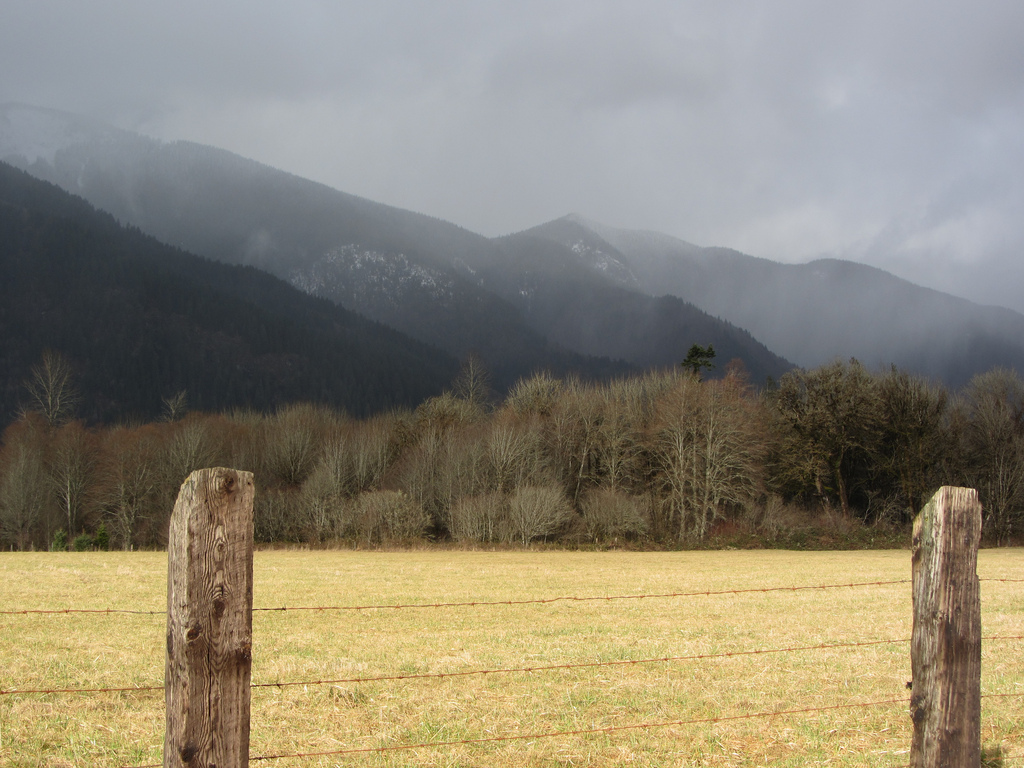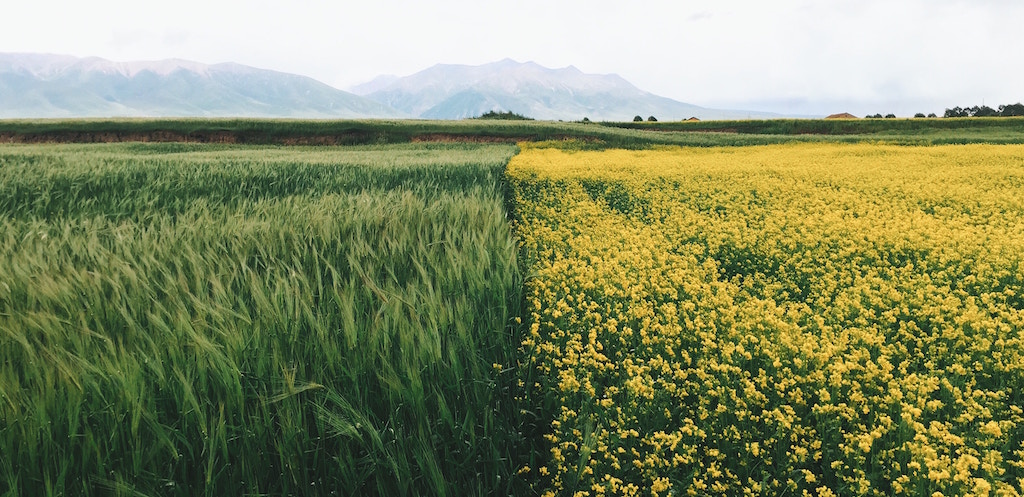Update March 16, 10:35 a.m., EST: This bill was signed into law by Washington State Governor Jay Inslee on March 15, 2018.
Last year, The Guardian published a feature exploring high rates of suicide among farmers. For one legislator, that story hit very close to home.
“I’ve grown up in the egg business, I live on a farm that has been in my family for 110 years, and I’ve watched the rural economy in my part of Washington collapse,” Representative J.T. Wilcox (R-WA) told me over the phone.
According to a 2016 study from the Centers for Disease Control (CDC), workers in the farming, fishing, and forestry industries have the highest rates of suicide (84.5 deaths per 100,000 people) across a set of common occupations. The Guardian story—hooked on that statistic—set Wilcox in motion to draft House Bill (H.B.) 2671, which he introduced last week. Its aim? To improve “the behavioral health of people in the agricultural industry.”
But “people in the agricultural industry” is a pretty wide net to cast. The business of farming includes everyone from farmer-owners to the migrant workers who tend to fields on a seasonal basis. And these groups are facing drastically different issues. Oftentimes, they are each the other’s stressor.
“Farmers who are really not in a position to weather the storms that they have right now are calling it quits,” referring to farmers who are resigned to selling their cropland to other farms or developers, or repurposing it.
Baron also cites anti-factory farm activism, rising minimum wage requirements, and unionization efforts as gale winds that are disrupting stable farm operations.
And then there are farm finances. According to projections from the United States Department of Agriculture (USDA), farm real estate debt reached a historic high of $236.4 billion in 2017, up 4.6 percent from the previous year. Overall farm debt rose 2.9 percent to $385.2 billion
“If you’re living with stress over long periods of time, that’s not a healthy condition. Financial worries are a major part of it,” says Baron.
But while farmer-owners may have to endure the stresses of running a farm during particularly challenging economic times for the industry, farmworkers—particularly migrants, who USDA data show number more than 3 million nationwide—are facing anxieties of their own.
“Access to medical [services] is not good, or even non-existent, for farmworkers and forest workers, especially mental health care, says Carl Wilmsen, executive director of the Northwest Forest Worker Center. “They don’t have access, they don’t have insurance, they’re certainly not provided health insurance by their employers.”
Proper treatment for behavioral health concerns is hard enough to come by for full-time and insured workers in the American workforce. But for seasonal employees it can be all but inaccessible. Migrant farm workers are largely temporary laborers on H-2A (for farmworkers) and H-2B for (forestry workers) seasonal visas.
“Both farmworker and forest worker communities are largely immigrant populations,” says Carl Wilmsen, executive director of the Northwest Forest Worker Center. “Especially under the current administration, the fear of being deported is extremely high, more than ever before, not just because of one’s own immigration status but because of the immigration status of family members. It affects the whole community.”
The farm, fishing, and forestry industries have some of the highest rates of injury, too: Wilmsen recounts the story of a forestry worker he knew who was injured on the job, fired shortly after, and couldn’t get medical care without insurance. The worker ended up taking his own life.
If Wilcox’s bill is passed, which seems a good possibility given its strong bipartisan support, it will establish a task force to study the factors that lead to high rates of suicide and substance abuse, and then establish free resources aimed at increasing mental health support services and suicide prevention outreach.
But who exactly will these services be for?
As the bill is written now, the task force will convene representatives from the healthcare industry and various agricultural associations. But what about a representative for migrant workers or other vulnerable populations?
Rep. J.T. Wilcox is the primary sponsor of House Bill 2671, which aims to improve “the behavioral health of people in the agricultural industry.”
There’s no specific language in the bill pertaining to those populations. But it does promise a free resource that must meet the following requirements: be publicly available online or via phone call; provide community-based training resources in suicide risk recognition and referral skills; and contain marketing guidelines to promote behavioral health in the agricultural industry.
The question then becomes about access. Community-based services are a good place to start, but there are some key unknowns. Will there be bilingual services, for instance? Will there be outreach for people who lack computers and phones? And what targets have to be reached during the pilot to consider it successful enough to expand into a more comprehensive (and funded) government program? Perhaps these details will be hammered out while the bill is still in committee.
Earlier this month, the Farm Bureau teamed up with the National Farmers Union to establish FarmTownStrong.com, a website that connects farmers struggling with substance abuse to resources, including a hotline.
Now, if H.B. 2671 passes, lawmakers in Washington state will add some legislative muscle to the battle against substance abuse and behavioral-health related deaths.
According to the Washington State Department of Agriculture, there are over 35,900 farms in the state. Ninety-four percent of them are small farms, which are defined as earning less than $250,000 in revenue per year. These farms are scattered across the state, not limited to either side of the mountains.
Neither are the issues that H.B. 2671 aims to address.
“Urban and rural challenges and opportunities are highly interdependent,” says Representative Nicole Macri (D-WA), a co-sponsor of the bill and a co-chair of the House Health Care and Wellness Committee, where the bill currently awaits consideration. “My access to food depends on the success of farmers in Washington state. Many people are leaving rural communities because they can’t find jobs. That population shift is creating an imbalance.”
An imbalance in the cost of living in urban areas, an imbalance in economic resources in rural areas. Nobody’s winning right now.
“The urban and rural context, they don’t exist separate from one another. The more we acknowledge and understand that, the better served everyone in Washington will be,” says Macri.
The American Farmland Trust makes a bumper sticker that reads, “No Farms No Food.” With that adage in mind, Wilcox’s bill, acknowledging interdependence, awaits a vote.












